
How To Preserve Moss? In 5 Steps!
Read more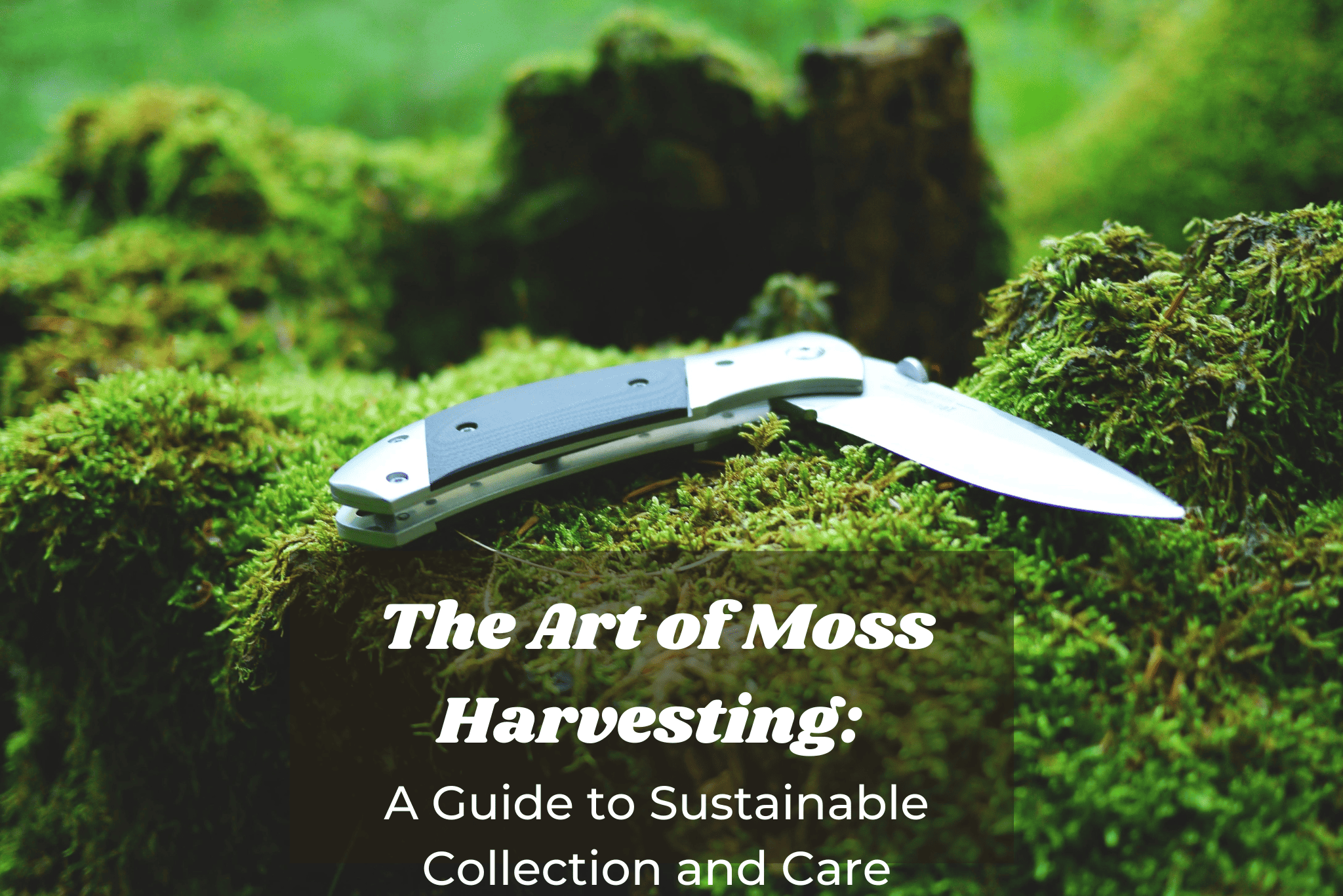
The Art of Moss Harvesting: A Guide to Sustainable Collection and Care
Read more
5 Simple Tips To Remove Moss From Block Paving
Read more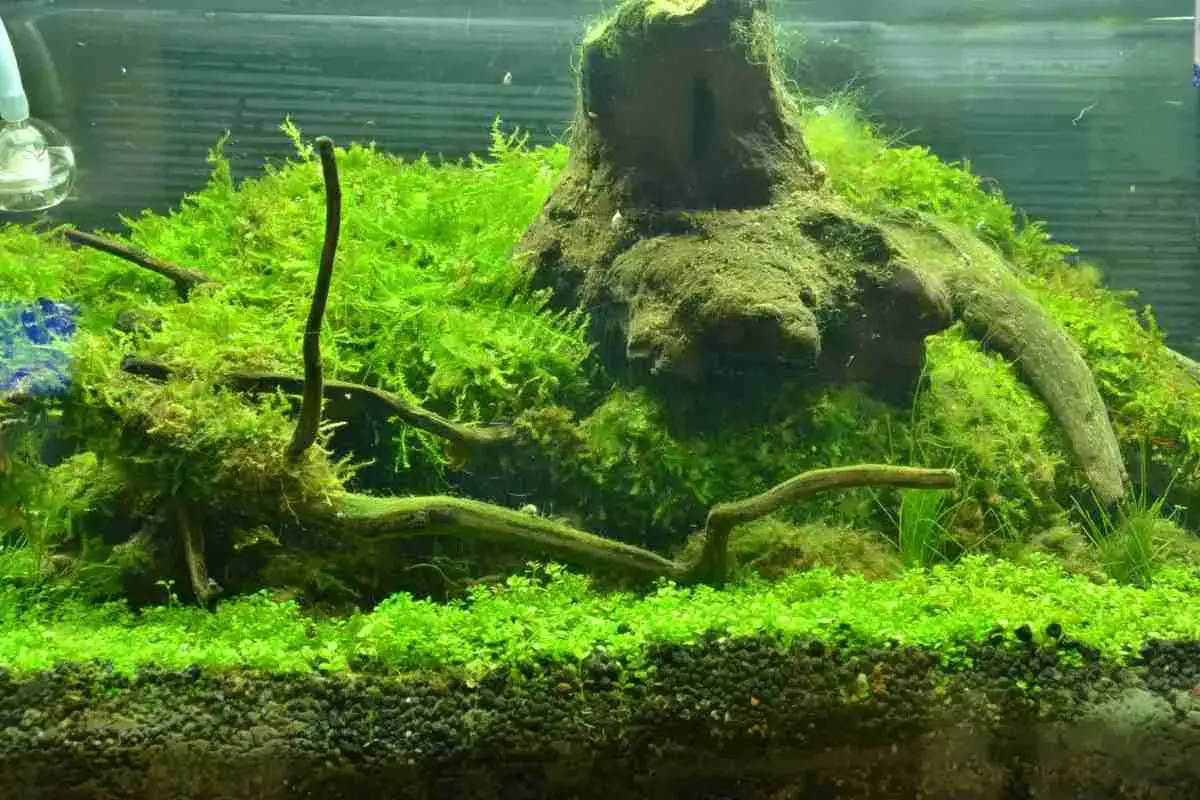
6 Simple Methods To Grow Java Moss Fast
Read more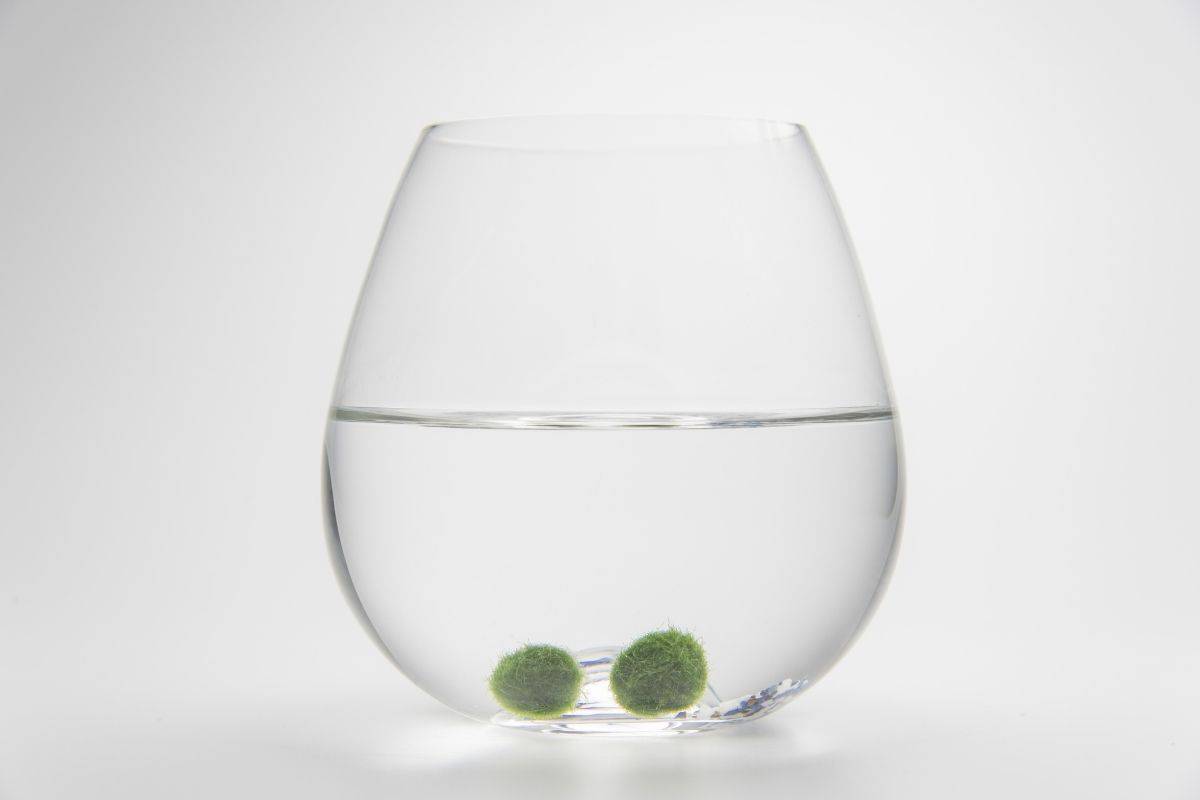
Do Moss Balls Need Light? The Ultimate Question!
Read more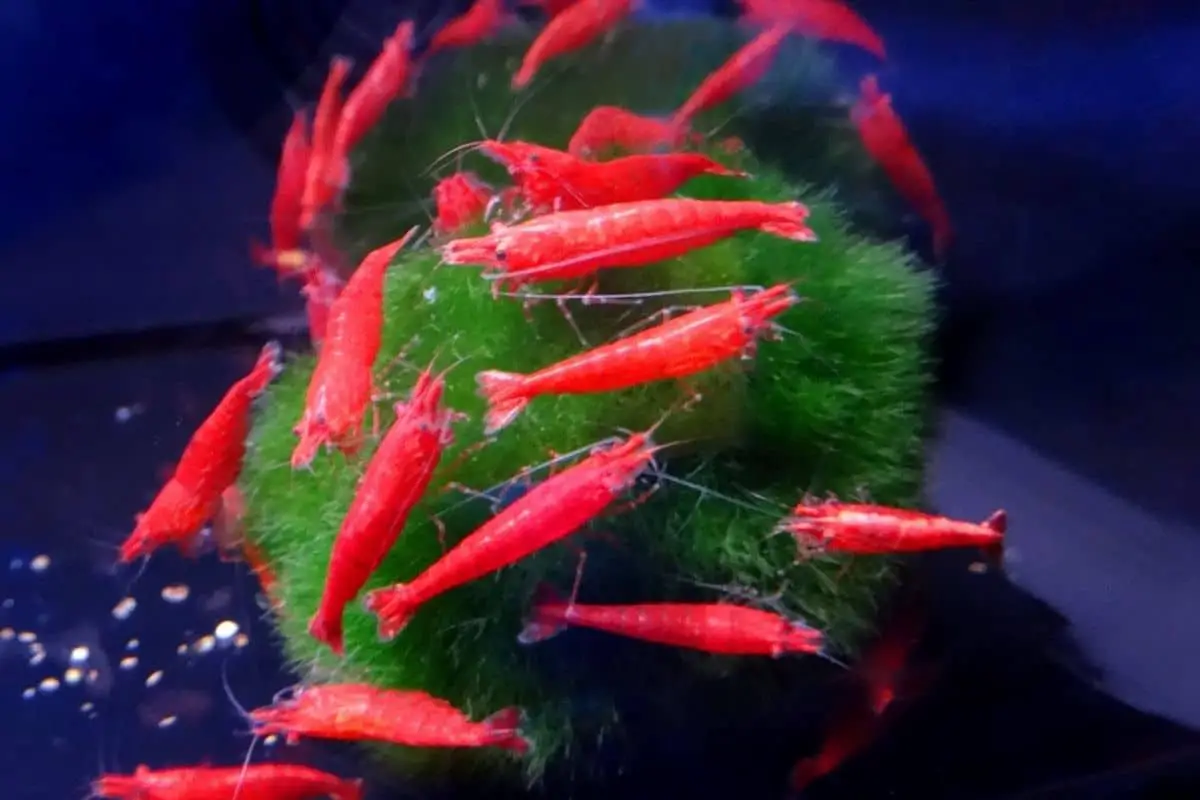
How Long Do Moss Balls Last In A Fish Tank?
Read more
Does Moss Need Sunlight?
Read more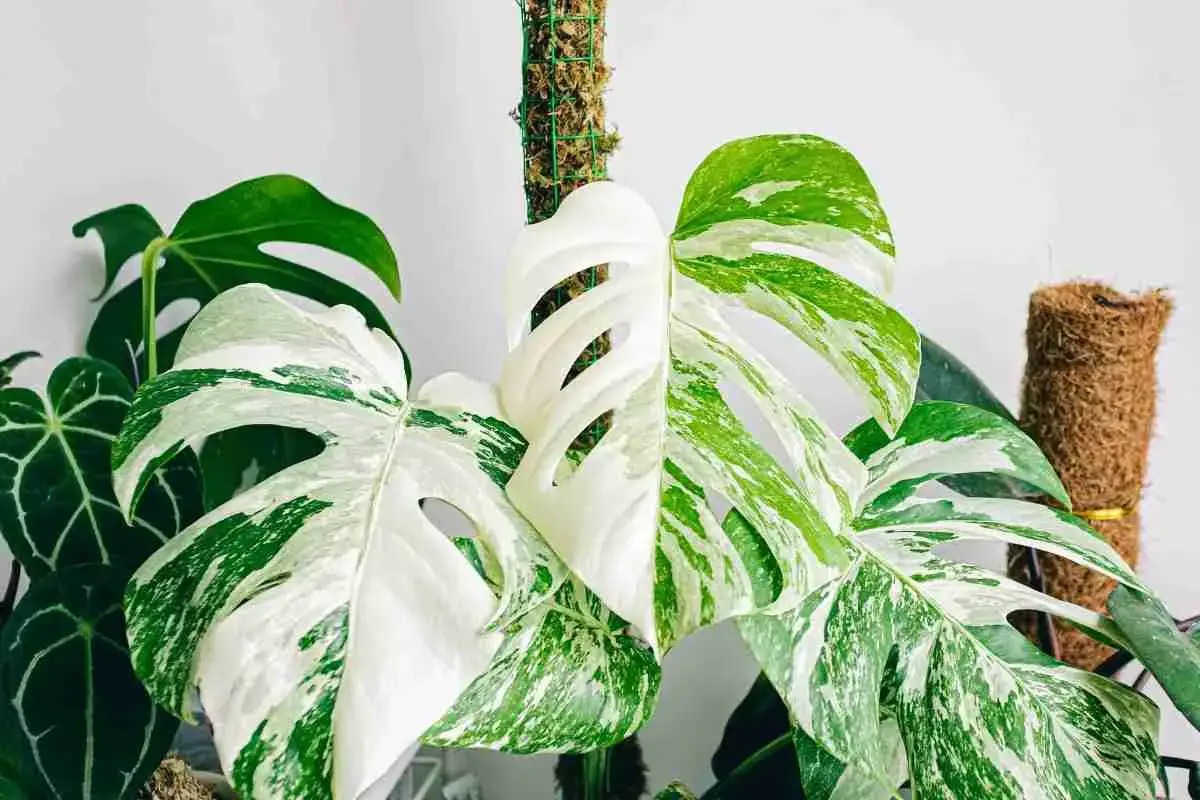
8 Unique And Creative Moss Pole Alternatives
Read more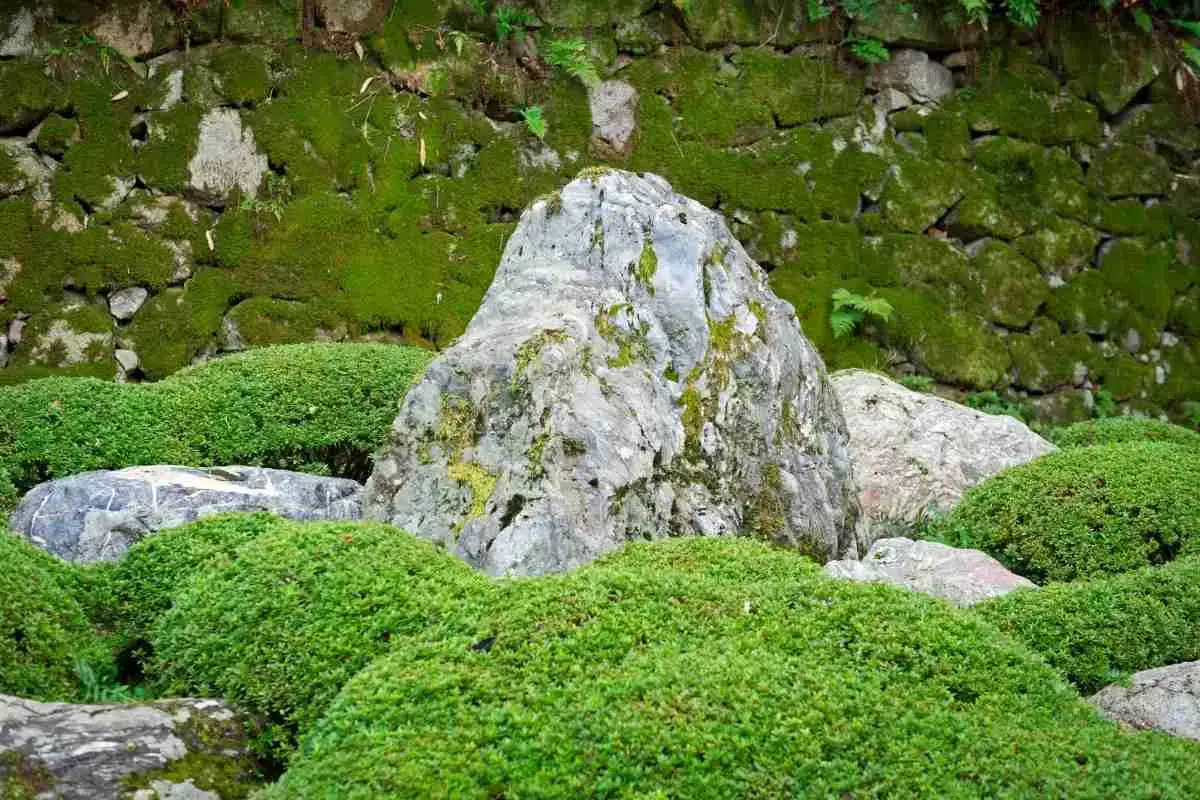
11 Types Of Moss That Grows On Rocks!
Read more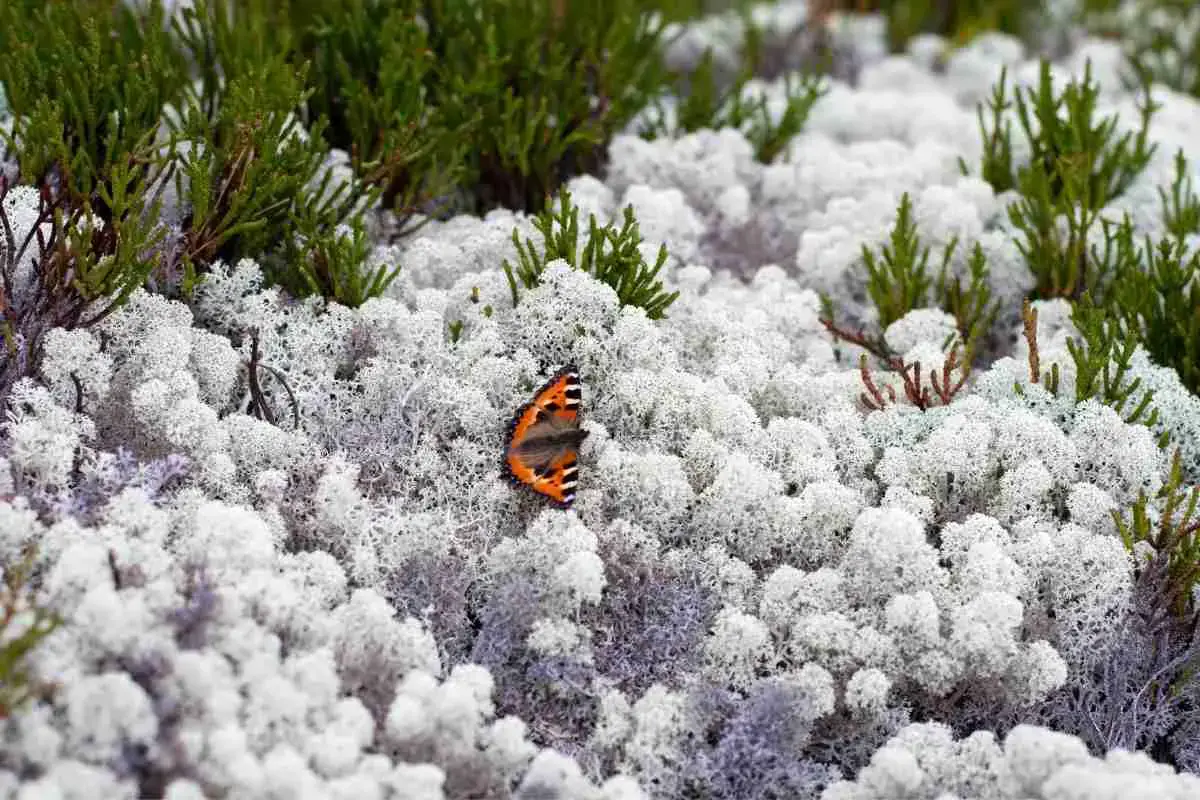
22 Different Types of Lichens (Detailed Guide)
Read more
What Is The Best Time To Apply Moss Killer To The Lawn?
Read more